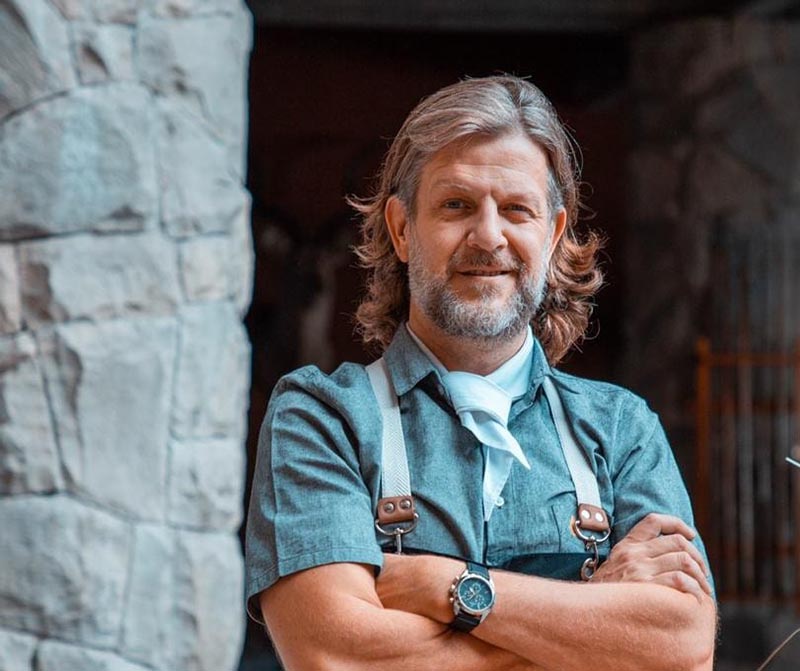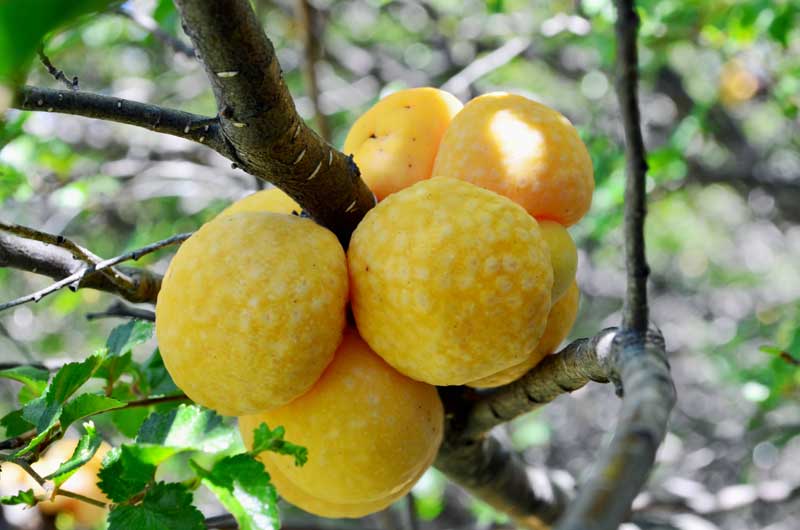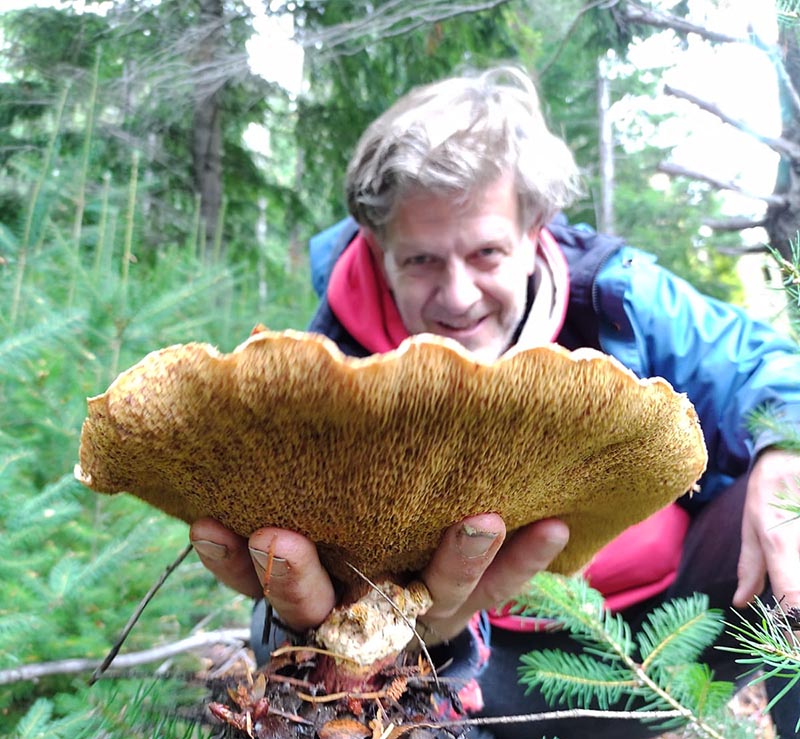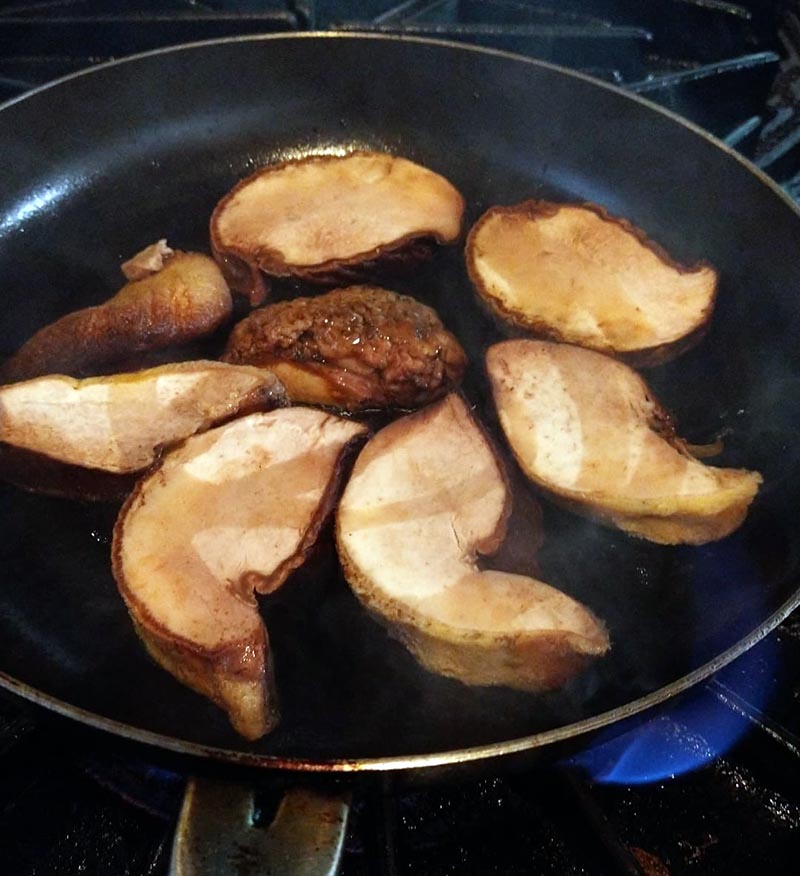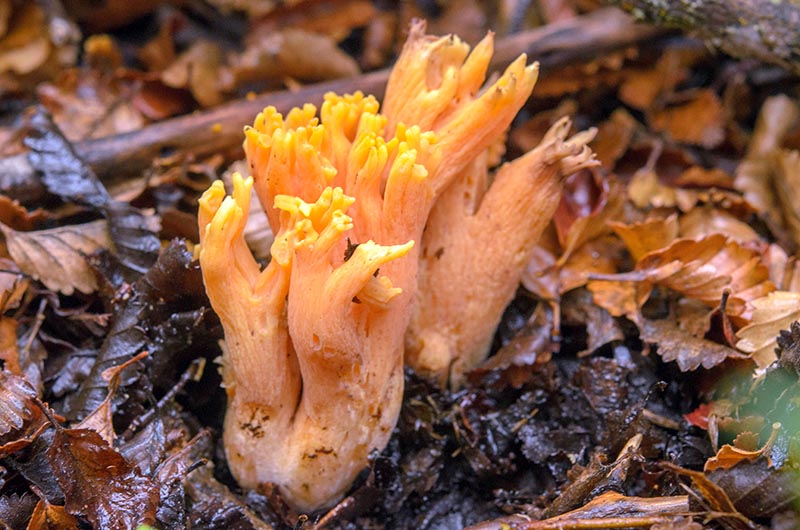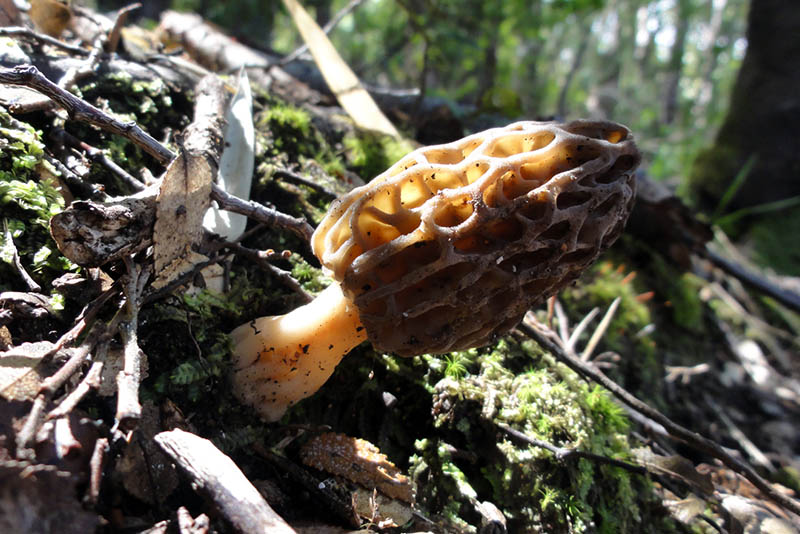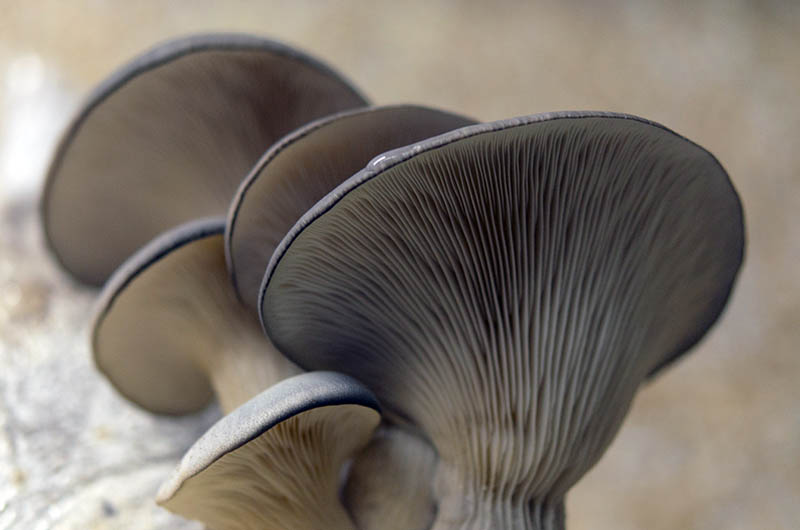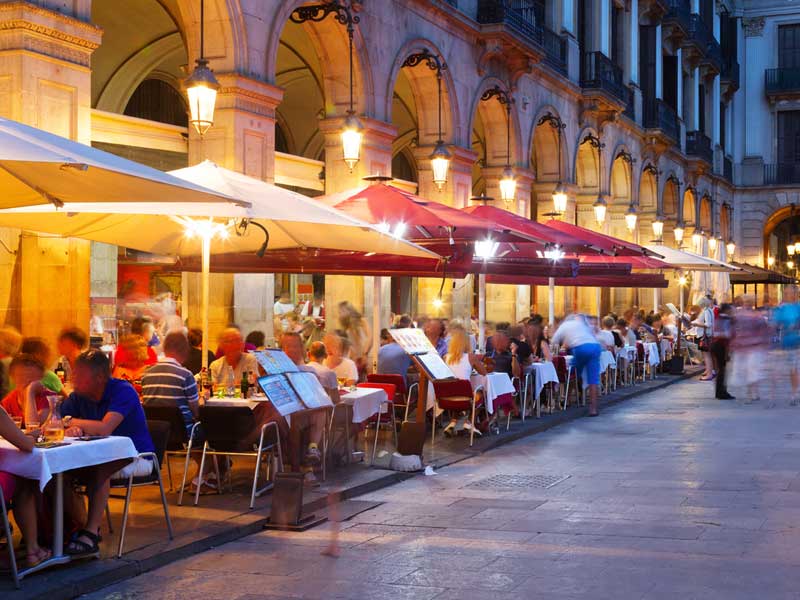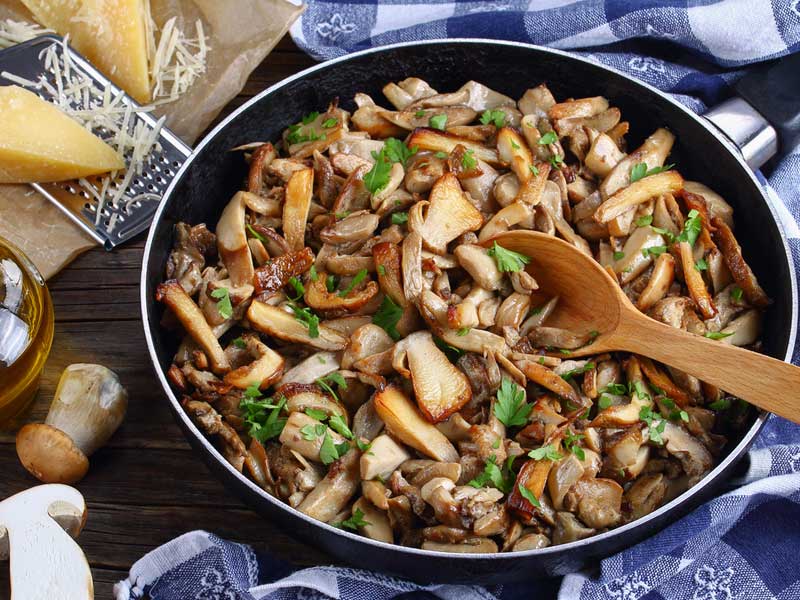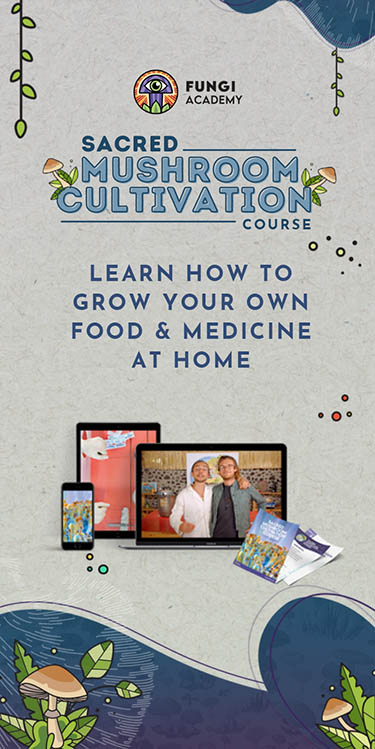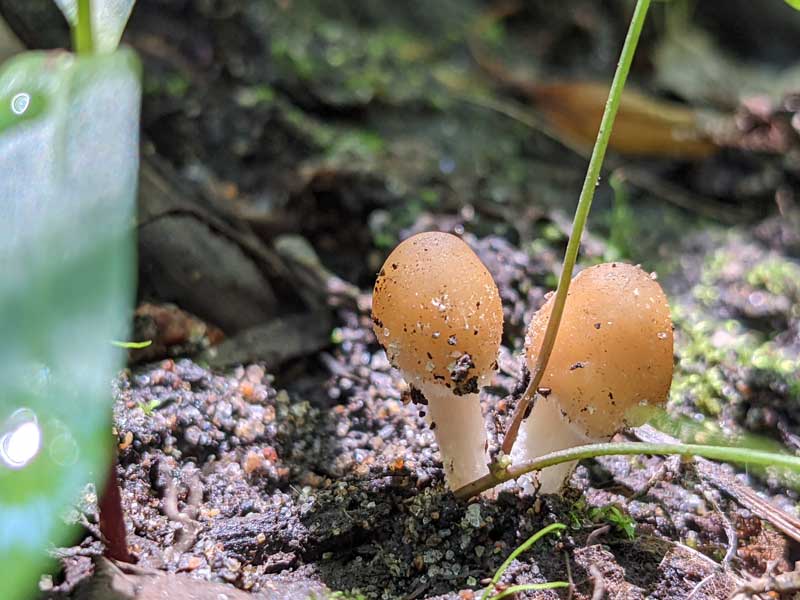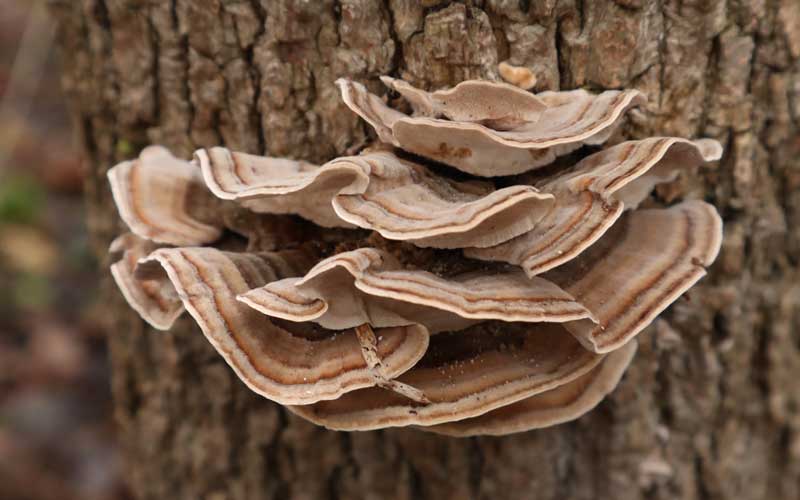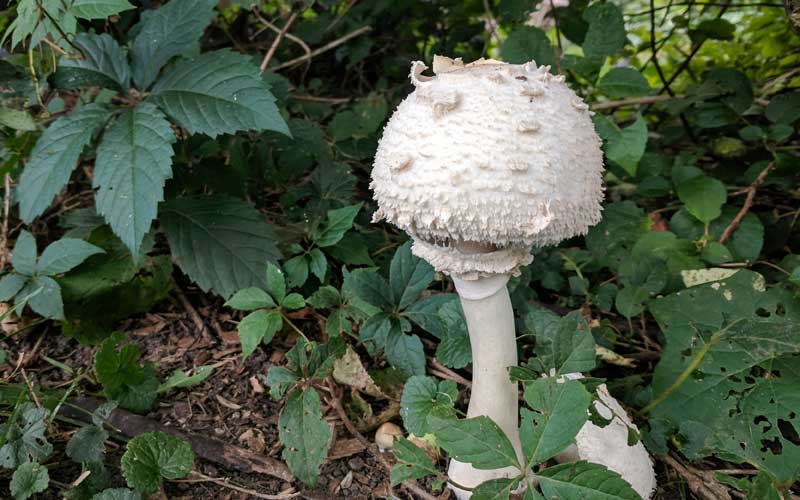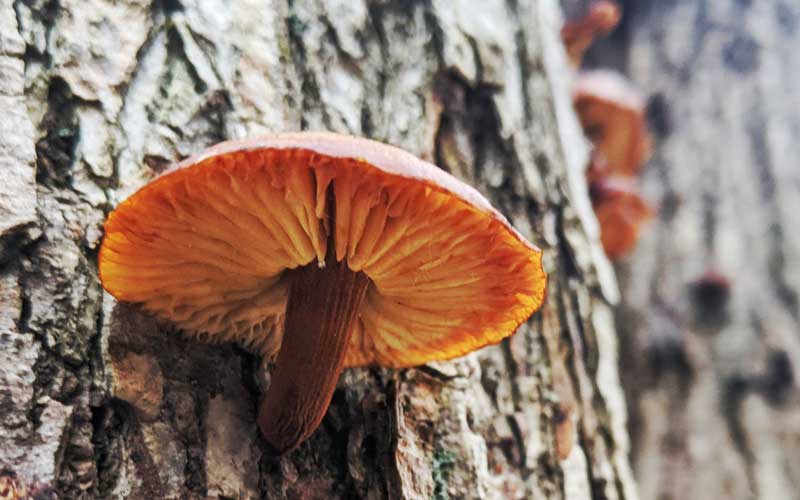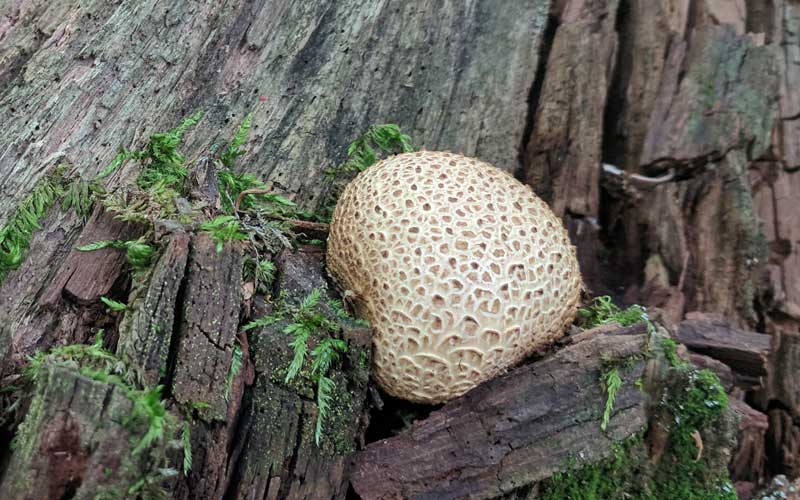- Home
- In the Kitchen
- Interviews With Chefs
- Federico Domínguez
Our interview with Federico Domínguez, chef at the Fontán restaurant in Argentina.
At Incredible Mushrooms, we're very excited to have the opportunity to talk with Federico Domínguez Fontán – known to his friends as Fede - about cooking with mushrooms in Argentina.
Chef Fede runs the Fontán restaurant at the Cacique Inacayal - Lake Hotel in Bariloche. He cooks mushrooms but also loves to pick them. It’s not surprising since he is based in an area with abundant wild mushrooms that grow in the forests of Patagonia.
Here we find amazing mushrooms like the Fistulina Antarctica, with an appearance and red color that remind us of tasty steaks.
I also found out a particular way that Argentines preserve their mushrooms. They pickle them to use when they are out of season.
Let’s get started with the interview.
And to keep things simple... we'll abbreviate with IM for Incredible Mushrooms and FD for Federico Domínguez.
IM: How does your story with mushrooms begin?
FD: Since I was a child, I started collecting them and learned how to dry them. This is a tradition in Patagonia.
I remember as a very young boy that my friends and I harvested huge quantities of mushrooms. We’d go to my house, and with a needle and thread, we threaded them and dried them. And then, we would go to a famous chocolate shop to sell them, and they would pay us two cents. Then, we saw them packaged in little boxes and put in the shop window. They were worth a fortune!
I was always a mushroom picker. I love it. Every year I go to the forest.
IM: What mushrooms can we find in the region?
FD: Wild mushrooms are what we call native Andean-Patagonian mushrooms.
Cyttarias Mushrooms
Cyttaria Darwinii reminds us of oranges or mochis. Charles Darwin found it on one of his trips to Tierra del Fuego 200 years ago.
Suillus Luteus Mushrooms
We used to call them Boletus until researchers came along and told us it was Suillus. There are two species: Suillus Lakei and Suillus Luteus. Both are "pine mushrooms". But in this region, we have more Luteus.
The slimy cuticle of the cap must be removed, as it can have laxative effects. Its flesh is yellowish-white with a fruity odor.
We dry them and leave them for a day or two. After that, we use a needle with a thick thread and prick them. Then, we hang them like a curtain or from the ceiling, and the process of drying mushrooms begins. You can do it inside your house or a pantry while the sun shines through a window or dry them directly in the sun.
Once they are dry, I smoke them in the chulengo —a closed grill like a barrel. I light the fire at one end, and put the mushrooms on the other end, and all the smoke generated inside is taken by the mushrooms.
This smoking process lasts 5 hours, because the heat is not direct. You can leave half to dry in the sun and the other half to dry and smoke, and it is delicious.
After drying it, you can rehydrate it, or you can make powder. I like to make powder with the smoked mushrooms, just grind them and that's it. I use it for soups, marinating sauces, for pairing, or for making pizza and bread doughs.
IM: Where does the tradition of mushroom picking come from?
FD: Here in the region, many people go out to pick mushrooms. It's the culture of ancient Europeans who have come to these lands.
When I was child, there was a strong Welsh culture in the region, and they were already picking mushrooms and, above all, preserving them pickled and dried.
IM: I have seen that you soak dried mushrooms in wine or tea, why do you do this?
FD: If you put the dried mushroom in water, the water steals flavor. If you put tea in the water, the mushroom will suck it. The more essence the water has, the more fragrant the mushroom will be.
And then, use the liquid for your sauce or soup. I would use this preparation with Suillus, Morels, or Fistulina Antarctica.
IM: What are your favorites, and why? and how do you prepare them?
FD: My favorites are...
Fistulina Antarctica Mushrooms
In Argentina, we call it "Cow tongue." It’s tasty. It keeps that moist, earthy flavor. The nice thing about this mushroom is the amount of meat, it looks like a steak, and it allows you to do whatever you want. You can sauté or make milanesa.
I vacuum seal them. It’s a technique I learned in France. You cut, clean, and sauté quickly in duck fat. Put in a colander to cool and vacuum seal and freeze. This way, you have wild mushrooms all year round. It is a base and then, you can accompany it with a low-temperature boiled egg or a dish of sweetbreads.
Ramaria Patagónica Mushrooms
It is like a forest coral and I like to make them with quick-cooking techniques. It’s good in a pickle or sauteé.
Morchella Mushrooms
Also known as Morel mushrooms, these are really tasty. I love the flavor. They must be well washed, can be consumed dried, fresh, or frozen. The French classic is with shallot, butter, and morels.
It’s an expensive mushroom because of the harvesting...being so small, you go through the whole forest and fill only a small basket.
Also called “Cypress mushroom” in Argentina because it grows under the cypress tree in spring.
IM: Are there cultivated mushrooms?
Yes... the Girgola mushroom...
Pleurotus Ostreatus Mushrooms.
FD: We call it Girgola. In other parts of the world it is better known by the name Oyster mushroom. Few people know that it is also grown here. If they see it, they don't buy it. I dry the Girgolas, grind them and obtain Girgola flour. It can be used to flavor soups, salads, fish, and desserts.
In Argentina, cultivated Girgola are sold fresh, dried, or pickled.
There are more and more cultivated mushrooms. Even the self-cultivation kits started to become all the rage. You take them home, take care of them and they grow.
IM: Is there a particular way of preparing mushrooms that is not done anywhere else, only in Argentina?
FD: The housewife or a local will dry it or make a mushroom pickle. To make the pickle, cook the mushroom in water and vinegar with spices (such as green pepper, pink pepper, garlic, or bay leaf) and then, store it in oil and use it for the recipe of your choice. I will send you the recipe so you can make pickles at home.
IM: Thank you for taking the time to talk with us, Fede! And for sharing your pickle secret.
FD: You're welcome! I am happy to talk about the mushrooms of Argentine Patagonia
NOTES:
This interview was edited for length and clarity.
Fontán restaurant at the Cacique Inacayal-Lake Hotel in Bariloche, Argentina.
Related Topics:
Interviews with international chefs who love to cook with mushrooms.
A series of interviews with chefs from around the world, all of whom love to create amazing dishes with mushrooms. The interviews...
Original mushroom recipes shared by mushroom lovers from around the world
These mushroom recipes include home-cooked favorites, plus exotic dishes from famous chefs who love to cook with mushrooms. The recipes...
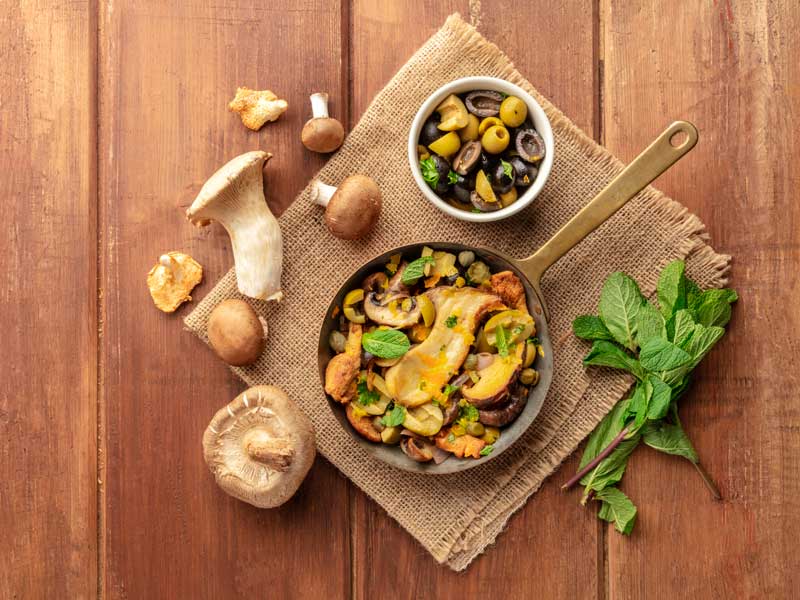
The nutritional value of mushrooms in your diet is greater than you think.
Mushrooms are dense with nutritional value and a variety of textures and flavors… including chicken, lobster and shrimp! Read the full article...
